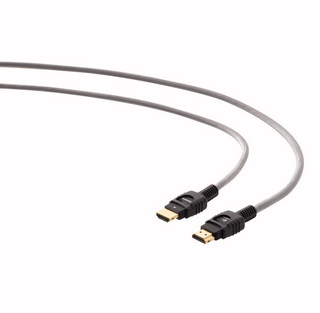And now, wearable technology. Call it wearware
Published:
28 March 2001 y., Wednesday
IBM in the jewelry business? Dutch electronics maker Philips selling street wear jackets? American high-tech start-ups creating space-age shades? Yes, yes and yes.
AT THIS YEAR’S CeBIT, IBM is showing studies of wearable computer add-ons such as a silver necklace with a hidden microphone, a lady’s display watch, earrings with speakers, and a ring whose elegant turquoise stone doubles as a nifty scroll-point mouse. Last year, Philips got together with jeans maker Levi Strauss for a limited edition of “wearable electronics garments” — jackets with a GSM mobile and an MP3 player in special pockets, with a small remote control on the front flap of the jacket and a microphone in the collar. The two devices work together, with the music turning itself off when you talk on the phone. (Available only in Europe, all 800 jackets quickly sold out). And about half a dozen companies are working on special glasses that use sophisticated optics to create screen-size images in front of your eyes.
One of the more intriguing developments in the industry is the push by some of the biggest companies into what’s become known as “wearables” — computers and accessories we can use on the go, while we’re busy doing other things. Wearables are already widespread in industry, where workers often need access to information but also need to keep their hands free. Workers building aircraft use head-mounted displays and speech-input devices for complex assembly tasks, which frees them from referring to lengthy manuals.
British Airways in experimenting with a crew of roaming check-in attendants at Heathrow’s Terminal 4, outfitted with keyboards on their forearms and a mini-display on a headset. Bell Canada sends its service technicians out to fix phone lines wearing a small computer in their pocket, a keyboard or touch-screen strapped to their wrist, and a helmet equipped with an optical display and a digital camera that beams pictures of trouble spots back to the maintenance center, wirelessly. Having quick access to precise instructions while they’re up on some telephone pole lets workers do more work in less time, says Daniel Butler, an executive at Fairfax, Virginia-based Xybernaut, maker of the wearable system BA and Bell Canada use.
Šaltinis:
NEWSWEEK
Copying, publishing, announcing any information from the News.lt portal without written permission of News.lt editorial office is prohibited.
The most popular articles
 Forget burning bras, the latest in "women's liberation" is a product making a comeback in Japan that makers claim allows women to ditch tight-fitting underwear - loincloths.
more »
Forget burning bras, the latest in "women's liberation" is a product making a comeback in Japan that makers claim allows women to ditch tight-fitting underwear - loincloths.
more »
 We revel in the ways in which mobile phones and wireless internet make our lives easier.
more »
We revel in the ways in which mobile phones and wireless internet make our lives easier.
more »
 For almost a decade a series of laws have protected Europe's workers from discrimination on the basis of age, disability, sexuality or religious beliefs.
more »
For almost a decade a series of laws have protected Europe's workers from discrimination on the basis of age, disability, sexuality or religious beliefs.
more »
 Earth Hour 2009 is an opportunity for hundreds of millions of people all around the world to switch off their lights as a demonstration, a symbolic action to show to governments we need you to take action on climate change.
more »
Earth Hour 2009 is an opportunity for hundreds of millions of people all around the world to switch off their lights as a demonstration, a symbolic action to show to governments we need you to take action on climate change.
more »
 From 4-7 June millions of people will have their chance to vote in the European Parliament elections.
more »
From 4-7 June millions of people will have their chance to vote in the European Parliament elections.
more »
 One town in Poland has just started a "rent-a-grandparent" programme.
more »
One town in Poland has just started a "rent-a-grandparent" programme.
more »
 A key component of the EU's internal market for goods and services is the possibility of buying and selling across Europe.
more »
A key component of the EU's internal market for goods and services is the possibility of buying and selling across Europe.
more »
 Polish farmers are intimidated by the mysterious predator.
more »
Polish farmers are intimidated by the mysterious predator.
more »
 The costs of fossil fuels are increasing and global warming is accelerating.
more »
The costs of fossil fuels are increasing and global warming is accelerating.
more »
 According to archaeologists, the mummy of a 50-year-old woman, discovered on San Lorenzo island, was most likely an elite member of the Pre-Incan Ichma culture.
more »
According to archaeologists, the mummy of a 50-year-old woman, discovered on San Lorenzo island, was most likely an elite member of the Pre-Incan Ichma culture.
more »